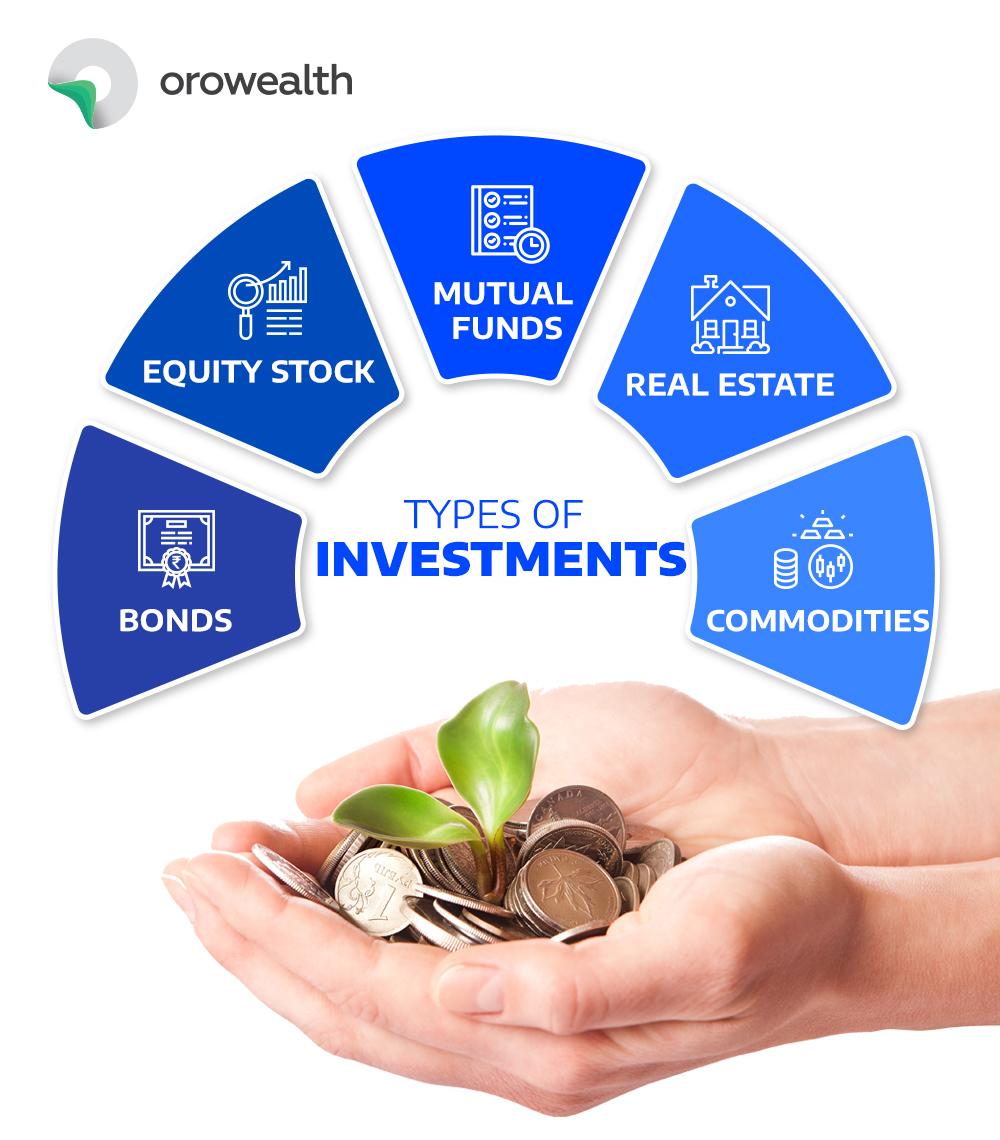
Okay, here’s a 1200-word article on investment memes, tailored for sharing and engagement. I’ve aimed for a fun, accessible tone while still touching on relevant points.
Investment Memes: When Finance Gets Hilariously Real (and Sometimes Wrong)
The world of finance can seem intimidating. Jargon, complex strategies, and constant market fluctuations… it’s enough to make anyone’s head spin. But what if we told you there was a way to understand investing, connect with fellow investors, and even laugh at the absurdity of it all? Enter: Investment memes.
These aren’t your grandma’s cat pictures. Investment memes are the internet’s quirky, often self-deprecating, and surprisingly insightful commentary on the world of stocks, crypto, real estate, and everything in between. They’re a cultural phenomenon that’s changing how we talk about money and democratizing financial literacy, one hilarious image at a time.
Why Are Investment Memes So Popular?
Several factors contribute to the explosive popularity of investment memes:
- Relatability: Investing, at its core, is about risk, reward, and the emotional rollercoaster that comes with both. Memes tap into these universal experiences. Whether you’re celebrating a surprise windfall or lamenting a disastrous stock pick, there’s a meme out there that perfectly captures the feeling.
- Accessibility: Forget dense financial reports and complicated charts. Memes distill complex concepts into easily digestible, visually appealing formats. They’re a gateway drug to understanding finance for those who might otherwise be intimidated.
- Community: Investing can feel isolating. Memes create a sense of camaraderie among investors, a shared space to vent frustrations, celebrate successes, and learn from each other’s mistakes. Online communities built around investment memes foster discussions, share insights, and provide support.
- Humor: Let’s face it, money is serious business, but sometimes you just have to laugh. Memes provide a much-needed dose of humor in a world that can often feel stressful and overwhelming. They help us take ourselves, and our investments, a little less seriously.
- Speed and Shareability: Memes are designed to be shared. They spread like wildfire across social media platforms, reaching a wide audience and sparking conversations. This virality amplifies their impact and contributes to their cultural significance.
Common Themes in Investment Memes:
Investment memes cover a wide range of topics, but some recurring themes stand out:
- The "Stonks" Meme: This classic meme, featuring a crudely drawn chart pointing upwards, embodies the naive optimism of new investors. It’s often used ironically to mock irrational exuberance or celebrate unlikely gains. It represents the "anything can go up!" mentality.
- Fear of Missing Out (FOMO): This is a powerful emotion that drives many investment decisions. Memes about FOMO highlight the anxiety of watching others get rich while you’re sitting on the sidelines. They often feature characters desperately trying to jump on the latest bandwagon.
- Diamond Hands vs. Paper Hands: "Diamond hands" represent the unwavering resolve to hold onto investments, even during market downturns. "Paper hands," on the other hand, are those who panic sell at the first sign of trouble. Memes often depict the contrasting outcomes of these two approaches, usually with humorous exaggeration.
- The Bear Market Blues: When the market takes a nosedive, the memes come out in full force. These memes often depict feelings of despair, regret, and the urge to hide under a rock until the storm passes.
- Crypto Culture: Cryptocurrency is a meme goldmine. From Dogecoin to Bitcoin, the volatile and often absurd world of crypto provides endless fodder for humor. Memes about crypto often poke fun at the hype, the scams, and the wild price swings.
- Warren Buffett Wisdom (and its Limits): The Oracle of Omaha is a frequent subject of investment memes. While his wisdom is generally respected, memes often highlight the challenges of applying his value investing principles in a rapidly changing market.
- The "I’m Poor" Narrative: These memes humorously show how a person invested all their money into a stock and is now left with no money to survive.
- The "They Don’t Know" Narrative: These memes humorously showcase a person who seems to have made a large profit, but in reality are in a large amount of debt.
Examples of Investment Memes and Their Meanings:
- Doge with a diamond hand: This meme is a reference to the meme cryptocurrency Dogecoin and the "diamond hands" concept. It is meant to encourage holding the stock, even when it depreciates in value.
- Distracted Boyfriend meme, with the boyfriend looking at a stock and his girlfriend being financial stability: This meme is a reference to the struggle of deciding to invest in a potentially volatile stock.
- "Stonks" with a picture of the Federal Reserve: This meme is a reference to the Federal Reserve’s monetary policy and how it affects the stock market.
- Drake Yes/No meme, with Drake approving of investing in a low-risk index fund and disapproving of gambling all your money on meme stocks: This meme is a reference to the importance of diversification.
The Dark Side of Investment Memes:
While investment memes can be entertaining and educational, it’s important to be aware of their potential downsides:
- Misinformation: Memes are often based on simplified or exaggerated information. Relying solely on memes for investment advice can lead to poor decisions.
- Groupthink: The echo chamber effect of online communities can reinforce biases and lead to irrational investment behavior.
- Pump and Dump Schemes: Some memes are intentionally created to manipulate stock prices, leading to losses for unsuspecting investors.
- Encouraging Risky Behavior: The YOLO (You Only Live Once) mentality that is often associated with meme culture can encourage people to take on more risk than they can afford.
- Over-Simplification: Finance is inherently complex. Reducing investment strategies to simple memes can mask important nuances and lead to misunderstandings.
How to Use Investment Memes Responsibly:
- Treat them as entertainment, not financial advice: Memes should be a starting point for learning, not the final word.
- Do your own research: Don’t blindly follow the herd. Always verify information and consult with qualified financial professionals before making any investment decisions.
- Be skeptical of hype: If something sounds too good to be true, it probably is. Be wary of memes that promise guaranteed returns or quick riches.
- Understand your risk tolerance: Don’t invest more than you can afford to lose.
- Use them to spark conversations: Share memes with friends and colleagues, but use them as a starting point for discussing investment strategies and sharing insights.
The Future of Investment Memes:
Investment memes are here to stay. As long as there are markets, there will be people making jokes about them. In the future, we can expect to see:
- More sophisticated memes: As financial literacy increases, memes will likely become more nuanced and sophisticated.
- AI-generated memes: Artificial intelligence could be used to create personalized investment memes based on individual portfolios and risk profiles.
- Memes as a marketing tool: Financial institutions may increasingly use memes to reach younger audiences and promote their products and services.
- Greater awareness of the risks: As the potential downsides of investment memes become more apparent, there will likely be a greater emphasis on responsible meme consumption.
In Conclusion:
Investment memes are a fascinating reflection of our relationship with money. They’re a powerful tool for communication, community building, and even financial education. But like any tool, they can be used for good or ill. By understanding their potential pitfalls and using them responsibly, we can harness the power of memes to make investing more accessible, engaging, and, yes, even a little bit funnier. So, go forth, share those memes, but always remember to do your own research and invest wisely!
This article provides a good overview of the topic and should be easily shareable. Good luck!



